I am pleased to share this email interview with the painter JoAnne Lobotsky, and I would like to thank her for her time and effort in writing thoughtful answers to my questions. I’ve been following her work on Facebook and have been especially intrigued by her many compelling works exploring abstract visual concerns, and I wanted to learn more about her. Many of her paintings entice us to join her roadmap adventure through a dense, sculpted topography of thickly impastoed paint and collaged elements that often suggests a whimsical aerial landscape or perhaps a microscopic cellular view.
Lobotsky is currently showing work in summer group shows at the juried show at the Blue Mountain Gallery as well as, CONNECTIONS VII – AN INVITATIONAL EXHIBITION OF ARTISTS, at the Atlantic Gallery, in NYC, NY both shows are up until July 29th.
From her website :
JoAnne Lobotsky has been a New York City-based artist for over three decades. She studied sculpture at the School of Visual Arts in New York City with Alice Aycock, Judy Pfaff and Elizabeth Murray, where she graduated with a BFA cum laude. She also studied printmaking at the University of Colorado at Boulder and painting at the Art Students League of New York. In the recent past, she has had two solo shows and won several prizes in group shows for her work.
Larry Groff: What led you to decide to become an artist? I read that you grew up on a farm, which has influenced you and your work in several ways. Where did you grow up? What do you remember about making art as a child?
JoAnne Lobotsky: It is the details and feelings of nature that inhabit my work. I was immersed in nature as a child. My mother taught me to notice and enjoy the beauty in all of it, macro and micro. I enjoyed drawing as a young child and began to take it more seriously in fifth grade. Although in kindergarten, I remember critiquing other kids’ drawings and telling them that the hair does not go all the way under the chin and that there were five fingers on the hand, and that people had necks, etc. The inaccuracies just annoyed me. I vividly remember stealing another’s idea for drawing curtains in windows that I thought was very clever. But in fifth grade, I started obsessively making studies of my left hand in different positions. My art teacher told my mother that I would be an artist one day and I felt happy and excited. So I guess that was the start; the positive reactions by people to what I created reinforced my enjoyment and confidence in creating. I grew up in upstate NY in a very rural area. The house was surrounded by forest, as was the farm. I knew every inch of it. As far as actually being an artist, that was a long, gradual process. When I went to SVA in NYC, I began to take it the most seriously. I had an aunt who was an amateur artist and my Russian grandfather’s cousin, who was also an amateur artist. I have one of his paintings of the family farm. He later died in a fire in his house in France set by the Nazis during WWII. He was running a safe house for Jewish people and they found out. But other than that, I did not have any exposure to art as a child.
LG: What was your earliest meaningful experience with a museum?
JoAnne Lobotsky: I was first taken to an art museum by a more sophisticated and slightly older friend when I was a senior in high school. We went to the Museum of Modern Art. Just going to MOMA was meaningful for someone like me who had no previous exposure to art. She also took me to the West Village, which was full of hippies at the time. I loved all of it. Later after moving to NYC from Boulder in 1979, I visited PS1 in Queens (when it was simply an unrenovated abandoned school building), and that was a real awakening to what was possible. It was more interesting than a museum for the surprises and possibilities and, not least – located in a building like that. Lots of Arte Povera, ephemeral art, and site-specific type work as I recall. All those types of art influenced my focus in art school and beyond. It’s too bad we didn’t have the habit of photographing all our experiences then. I would love to show some photos of PS1 back then.
LG: You got your BFA at the School of Visual Arts in New York City in sculpture, and you studied with Alice Aycock, Judy Pfaff, and Elizabeth Murray. You later studied printmaking at the University of Colorado at Boulder and painting at the Art Students League of New York. Can you tell us something about what studying with Judy Pfaff was like?
JoAnne Lobotsky: The order is University of Colorado 1976-78, School of Visual Arts, where I graduated with a BFA cum laude 1982 and then years later, The Art Students League in 2001-2003 to study oil painting. (Before all that I did two years at a community college.) I had transferred to SVA from CU and lost a year of college as I had 3 years already. In my first year at SVA, I somehow slipped under the radar and did not take the required painting or sculpture classes. Instead, I took printmaking which is what I was doing in Colorado. That caught up to me, and I was required to choose between the traditional categories of painting or sculpture for my final year. I thought it was so old-fashioned to confine serious art to just two categories, but I had to do what was required. Painting seemed foreign to me, so I picked sculpture. And – surprise! – it really opened up my world. So, unfortunately, I only had one year of exposure to those artists. Alice Aycock was probably the biggest influence since she was the one I was taking sculpture with, but Pfaff and Murray, as mentors and artists were hugely influential on my thinking and practice. All three were such amazing artists working outside what anyone would traditionally think of as simply painting or sculpture. It felt like anything you could dream up was possible. I think it was the sense of freedom and expansive view of art that I took away the most from them.
I wanted to mention why it took so long to get my BFA (7 years). This was partly because of travel which hyphenated and enhanced my scholastic education, and partly due to money. After graduating from a community college in 1974 right after high school in upstate NY, I moved first to Denver and then quickly to Boulder, Colorado for the experience, not yet for school in 1974. I was a typical free spirit of those times – less about formal education and more about experiencing different things. The following year, I went to North Africa and Europe with two friends for eight months. I was in Tunisia, Algeria, and Morocco for five months and Europe for three months. It was an incredible experience. (In the mid-1970s travel overseas was pretty cheap.) I started school in Boulder when I returned, but it was part-time due to having to work. I was not a practicing artist yet, nor did I plan to be, but I took printmaking classes and was pretty serious about it. Then after five years in Colorado, I moved to NYC in 1979 and soon matriculated at SVA. I have since traveled to many countries. Experiencing other cultures and seeing their art has enriched my practice as an artist by just opening up my world.
LG: What was art school like for you? Any particular event or story most influential to you as an artist?
JoAnne Lobotsky: Art school was the most wonderful experience—just the total freedom to experiment. I really love experimenting. I tried fiberglass like Eva Hesse. I was devoted to Eva Hesse. I tried concrete floor sculptures. I built things out of wood and used other materials like sand, mold, and rust. It was all great.
LG: What was your transition from being a student to working professionally?
JoAnne Lobotsky: I had no idea what to do after I graduated in December 1981. It was very difficult. There was no instruction at college on how one went about having an art career and no social media yet. The only instruction I got was from another instructor who told me not to work at anything like art for money – like fabric design or commercial art because it would ruin me as an artist. Graduate school was out of the question. No money and I had to pay off my student loan and support myself. And no interest, time was moving on. But then SVA appointed me their representative at the OIA (Organization of Independent Artists) sculpture garden at Ward’s Island in 1982. Every year a graduating sculpture student was chosen. So working on that was a focus for a while. Later that year, I moved to DUMBO to an illegal loft with a friend and had a lot space to make sculpture – mainly installation-type work on the floor and wall in that loft. It was enormously fun to live in DUMBO and I lived in three different lofts there during those years. This is when it looked like a ghost town of empty warehouses, factories, and deserted streets. But artists lived in some of them, hidden away. We were a community. It was somewhat dangerous and felt kind of like the wild west to me. But as far as professionally, it was hard going. I’m not a natural schmoozer and am an introvert. I mean, I basically grew up in a forest! The internet has made things easier since then. But it is never easy.
And I am sorry for dirt and the quality of these slides from the 1980s and 1990s. They’re significantly damaged.
LG: Are you able to work full-time at your art? Do you teach or hold some other job to support yourself?
JoAnne Lobotsky: I work full time at my art. I never taught, but I worked in the corporate world for many years. I no longer have to work to support myself. This is the best time of my life. I’m grateful every day. I really can’t believe how lucky I am. It’s a dream come true.
LG: Have you always been working non-representationally? I saw where you made some abstractly flattened landscape paintings from aerial views. Would you ever consider making something from direct observation?
JoAnne Lobotsky: Those aerial views and other types of fantasy-based “landscapes” that I named “Terradaptions” were heavily reliant on work in photoshop to prep for them. Those paintings were my first real paintings, beginning in 2002. I did do some representational encaustic paintings during the time when I had “quit” art for seven years due to many reasons – that was mainly in the 1990s – and then breaking out of that period, I studied oil painting at the ASL for a couple semesters at night. I did not consider those encaustic paintings “serious” work, but I had to create something although I had given up my art career, such as it was. The aerial paintings were made mostly after my time at ASL, but some during. It was interesting working things up by applying various filters to them and changing colors and distorting them in Photoshop from the satellite photos, but then painting from those Photoshopped photos was a bit boring for me; not too many surprises. So eventually, I realized I had to work more intuitively. And that was such a relief. Abandoning Photoshop happened around 2012. As far as working from direct observation, I plan to try it at some point. It might be interesting to try abstracted landscapes en plein air. But I think I may get bogged down in details from immediate observation, whether from photos or plein air. And then the work becomes too literal. It’s more engaging for me from memory or invented. But I will try it at some point and see.
Some aerial paintings called Terradaptions:
LG: You are involved with various mediums, such as your sculptural fiber works on paper, textiles, and acrylic paintings. Please tell us something about what goes into your ideas and the processes here. Do you tend to work over a period of time with a series of related works? Or do you decide more idiosyncratically like what mood you’re in?
JoAnne Lobotsky: The Pandemic had me trying other materials, although I did start working with textiles at the end of 2019, just before. My husband and I fled the Bronx, where the rate of hospitalization and death from Covid was rising exponentially, for a little over two months in Stowe, VT, at the beginning of the Pandemic in 2020. I stuffed the car with various exotic papers from Mexico, Thailand, Japan, Africa, etc., and various vintage fabric remnants – a lot of silk from Japan, burlap and other things and my sewing machine. I was working on textiles and collages while there in a little ski house. No, I mostly cannot pivot day to day from one type of art-making to another. I wish I could; it sounds lovely. I concentrate on one thing at a time for a period. I may continue the paper-based work at some point because I think that it is interesting work, but I don’t think I will return to textiles.
Textile related works
Paper Works:
LG: Does your work evolve intuitively and improvisational, or do you have a plan beforehand? How would you describe your process regarding how quickly it goes from being an idea to a finished piece? Do you draw out studies for a piece?
JoAnne Lobotsky: I never draw, except to maybe sketch a rough shape or two. But I would like to start drawing as a practice in itself – as I keep saying to myself. In my most current work, there is a basis in the physical world of nature and landscape that I abstract from. It is very interesting starting from something real and recognizable and then “forgetting” about that and giving the painting what it needs as an abstraction regardless of making any sense. It has me thinking differently. But these new ones are just baby steps so far. So yes, except for those Terradaptions paintings mentioned previously, it’s always been intuitive and improvisational, although I may have colors in mind or a vague intention. But I respond to the paint I put down and follow a path that is made up as I go along.
LG: How long do you generally work on such pieces, and what goes into making you decide they are complete?
JoAnne Lobotsky: Well, it’s different with each piece and depends on the size. Some are more difficult. Some are larger. But I think I am moderately productive. I’m pretty decisive. At some point, I like to stop and think about what each piece may need, if they are done and they just hang on the wall for a few days. That is a fascinating question for me about deciding when something is done. It often seems that due to any intention at the start and all the decisions I make afterward, it leads to the only conclusion possible, and maybe it’s just okay, or perhaps it’s good, or maybe it’s great. You know, it’s an experience that takes you down a road that might not be all you hoped for — or might contain amazing surprises. It’s the ones that don’t arrive in a good place that I struggle with, of course, due to an unclear focus. It has not found its voice or its identity. And then it’s usually paint over it or abandon it. I stop when it feels natural to stop and I feel there is nothing else to be done to it. You know, it’s so tied to who you are, your experiences with art, and your attitude towards painting – the stopping point. And then sometimes I feel like I could work on a particular painting forever and it just keeps evolving in a significant way. That is a wonderful experience, those types of paintings.
I mean, I do stop, of course. You do have to be careful not to overwork something and lose what energy and freshness you have. If anything, for most paintings, I may stop sooner rather than later because I like awkwardness, mistakes, and imperfection. It’s not good for me to dwell too long on a painting because I believe I tend to edit toward conventionality. However, I am currently reevaluating my stopping point and experimenting with expanding it to see what happens.
LG: Many of your works are deeply textural, synthesizing sculpture, collage, and painting. Most appear delightfully tactile and have evocative compositions. What are some of the ways your decisions about texture inform the structure of the piece and vice-versa?
JoAnne Lobotsky: I find this a difficult question to answer. It might be too granular, and I can only answer generally. My work is more visceral and perhaps integrates my rural upbringing with my experience as a sculptor. Texture is how I elevate a painting from its 2-dimensional nature while allowing my sculptural sensibility room to evolve instinctively.
LG: You often use a wide variety of acrylic gels, pastes, and mediums, along with other materials, to build a complex texture and color. How do you choose which ones to use from your many possible materials?
JoAnne Lobotsky: It’s pretty simple – I choose gels or pastes with the desired texture or quality. They all have their unique properties. I usually have a favorite, which changes through time. Right now, it’s fiber paste which gives a satisfyingly thick rough texture. Earlier, it was pumice gel which looks like small pebbles. That can be a nice contrast with any other smooth paste or gel. Molding paste makes the paint thickest.
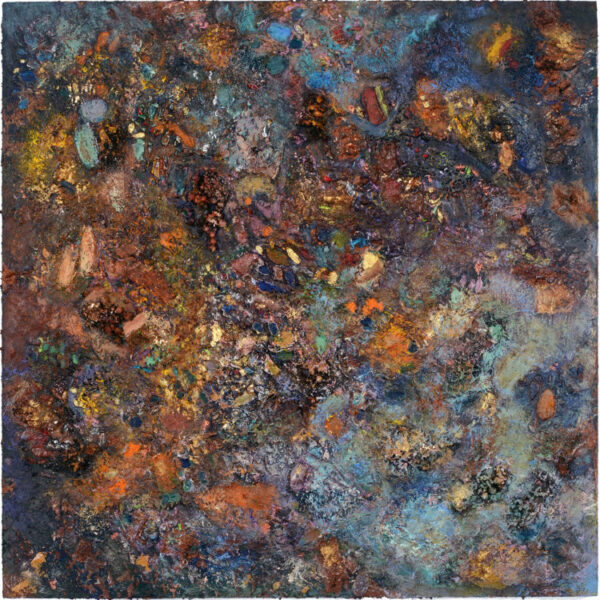
Foreign Field, 2019, Acrylic, metallic acrylic, molding paste, glitter, small paper balls, pumice on panel, 24X24 inches
LG: I’m curious if you ever use a computer to any degree in your work – to either work out a composition beforehand or to output collage materials like digitally manipulated images, textures, or possibly collage with 3D printed sculptural elements?
JoAnne Lobotsky: Yes, in my Terradaptions series of the aerial landscapes. I did a lot of work manipulating them in Photoshop in every possible way. Then I painted from that. See my answer to question no. 7. I do not use a computer in my current work.
LG: What art show have you seen recently that made an impression on you?
JoAnne Lobotsky: That would have to be Mark Bradford at Hauser & Wirth in NYC. Huge works full of texture and color on the second floor and more muted ones on the third. I could have just fallen deeply into the paintings called “tapestries.” Fantastic layers and excavations in his work that include the personal, social, historical, and emotional – all for the most part submerged or subsumed by abstraction.
LG: What artists have you looked at the most and been the most influential?
That answer would change with each body of work. Right now, for my current abstracted landscapes work, I am looking at artists who make landscapes along the same lines. Artists like Soutine, Yi Ling, Kirkeby, Robert Datum, Gabriele Münter, Vasyl Khmeluk, Duncan Shanks and there are others. And Zhu Jinshi too, although more abstract, sometimes reminds me of landscapes or gardens, and I love his thick paint. I know it’s all been done very well before, but it is a path I feel I need to go down now. It feels right.
LG: There are so many new things to worry about these days, climate change, AI, pandemics, political upheavals, and mass shootings, to name just a few. How do you triage these worries so your mind can be free for art-making? Does art help you cope?
JoAnne Lobotsky: When I am in the studio, everything else falls away. I guess it’s an escape in a way. All worries, both personal and worldly, are gone. I concentrate fully on what I am doing. Making art is an experience that you have to pay attention to; you can’t phone it in. The best experience is when I start connecting with associations that are very fleeting – various moments either remembered, dreamt, or imaginary that create little bursts of joy. I don’t know what that is – I guess it’s part of the “flow” state, which has been likened to meditation. So I would say, yes, making art is crucial to my well-being. I am someone who always has to be doing something.
LG: In the past many artists believed in the power of paint to reveal some truth – either metaphysical, poetic, or symbolic nature. In more recent times, many modernist artists are more likely to want to be more formal or art for art’s sake; of course, many artists today have an ironic post-modern attitude. Where do you see your work fitting into this paradigm?
JoAnne Lobotsky: I’ve been more art for art’s sake, I guess. But I want art to express something poetic or emotional that reaches other people. I mean, it is, after all, a form of communication. Maybe I am post-ironic? I just want to create in a way that is authentic to my experience in life. I guess that’s pretty old school. I don’t adjust my focus to whatever the current fashion in art is. The types of work that I find compelling are primarily based on mid-century art. I see art-making as a journey or a quest.
LG: Do you think art makes any real difference in making the world a better place?
JoAnne Lobotsky: Funny, I was recently reading in the NYT this: “There’s a “really robust body of evidence” that suggests that creating art, as well as activities like attending a concert or visiting a museum, can benefit mental health,” said Jill Sonke, research director of the University of Florida Center for Arts in Medicine. So, yes, in the sense of opening people’s minds to new ideas and ways of seeing. And it definitely adds to the quality of one’s life and to the quality of “furniture” in one’s mind. Certain types of art can also bring awareness of social issues, which inspires discussion. Art can facilitate understanding between societies with different values. And between different kinds of people living in the same society. Art is also a historical record – it expresses what it felt like to live in the world at a different time. It can be a kind of time travel. Unless that is presumptuous to think we can understand a time or a society, we don’t live in. But people would have to step into an art gallery or museum and engage with what they are looking at, or at least try to, for art to affect them, for the most part. There are many who never do, so looking at art in a museum and engaging with it, and having it affect your well-being or outlook on life is a culturally privileged activity (but not necessarily bound to any particular class). And I think, if you want to change the world, put that brush down and get out there and do that!

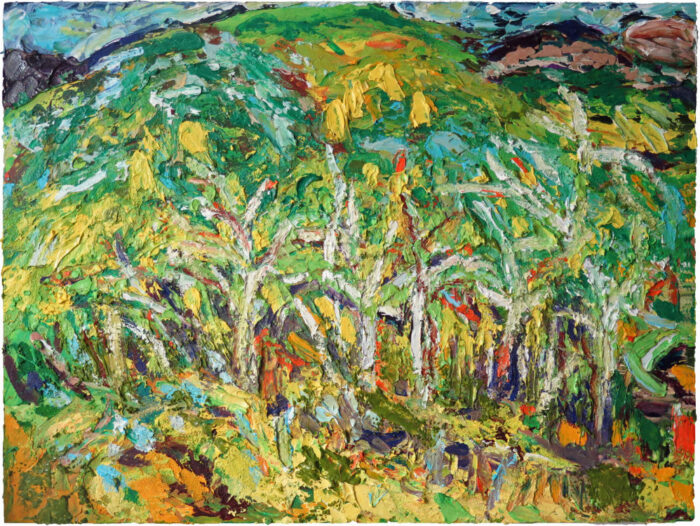

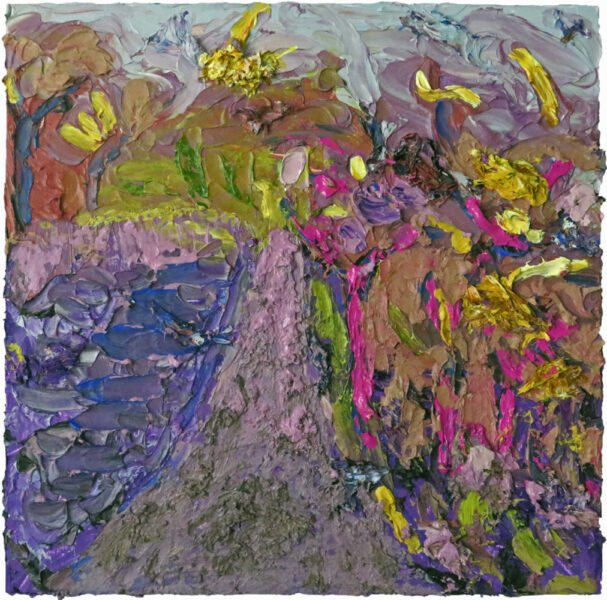
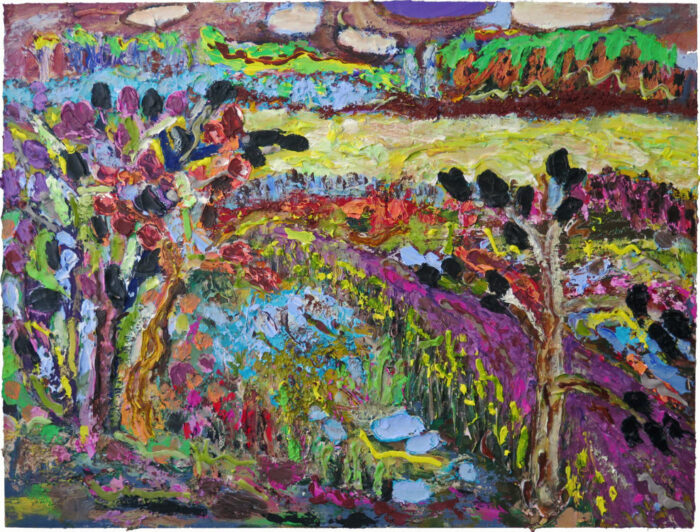

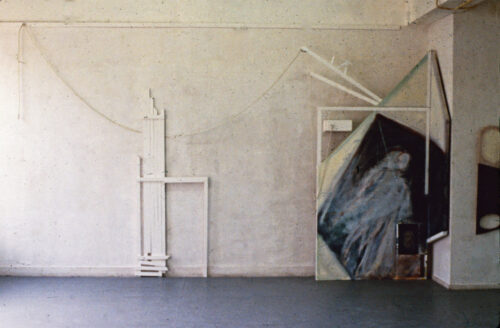

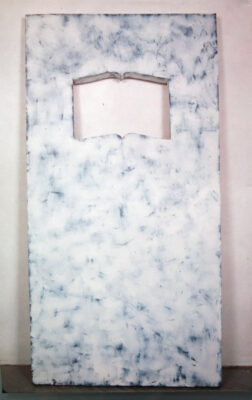
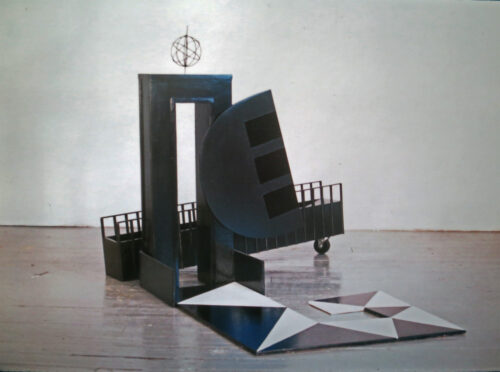

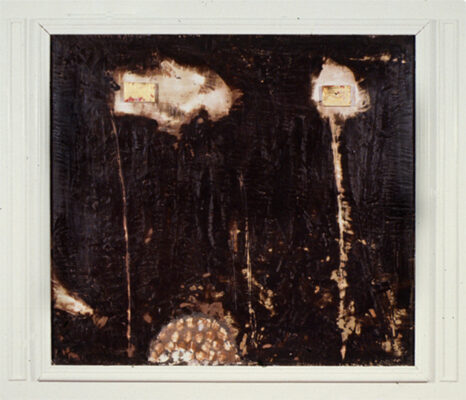
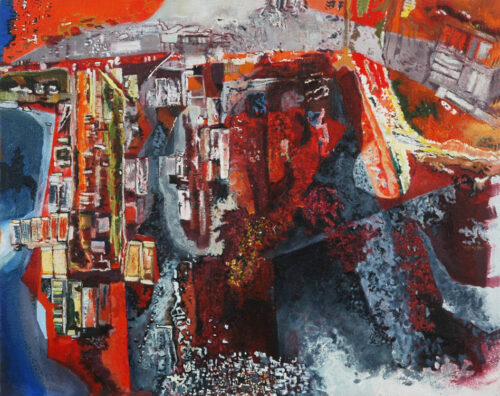
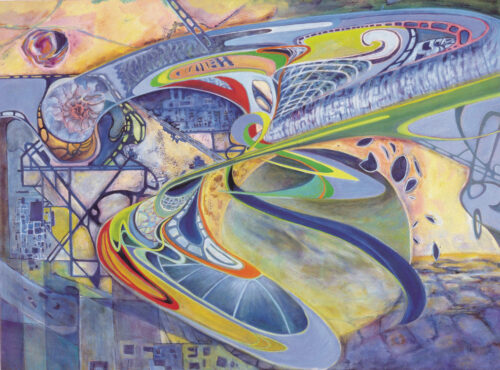
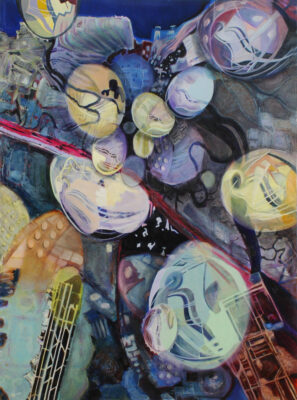
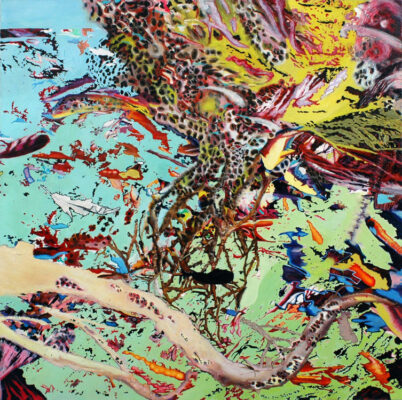
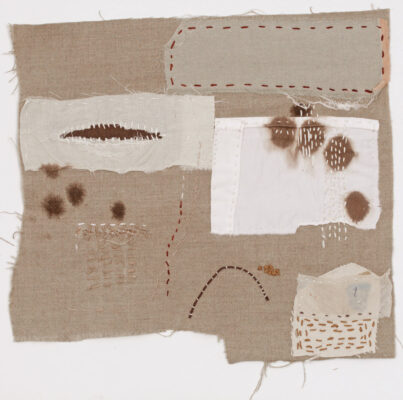

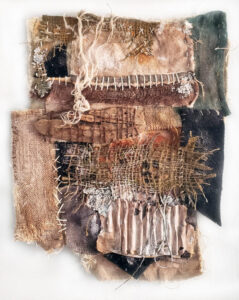
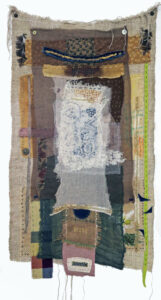
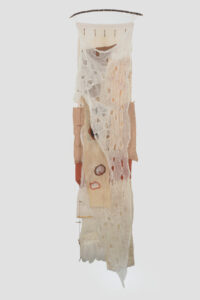
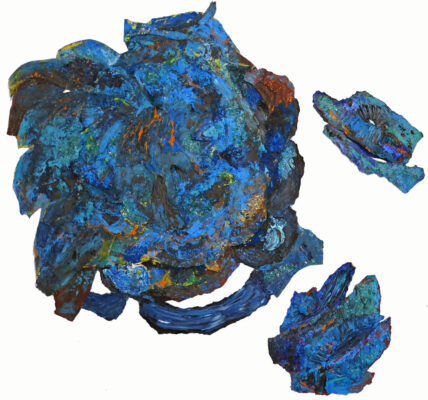
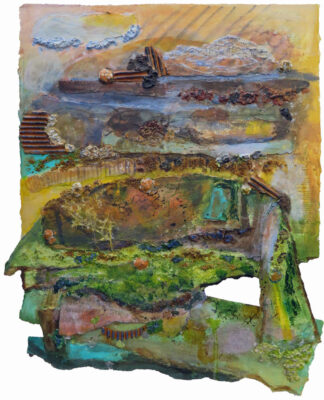
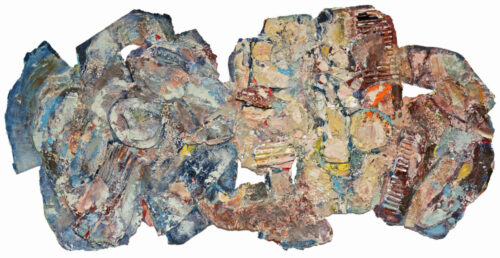
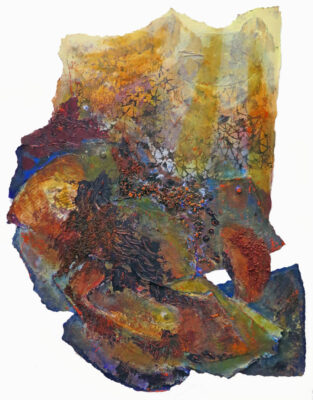
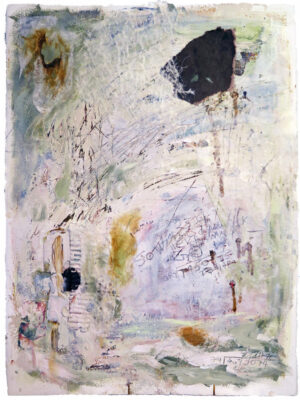
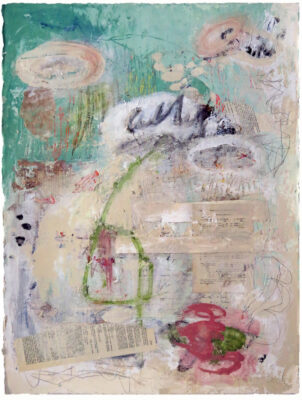
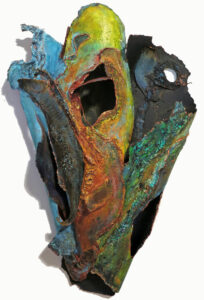
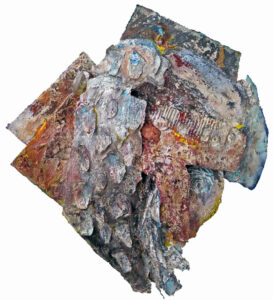
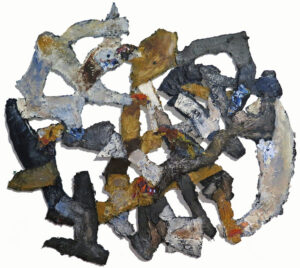
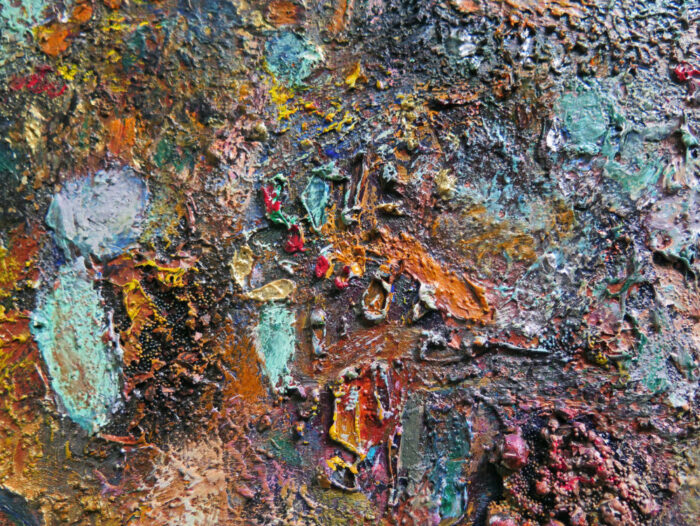
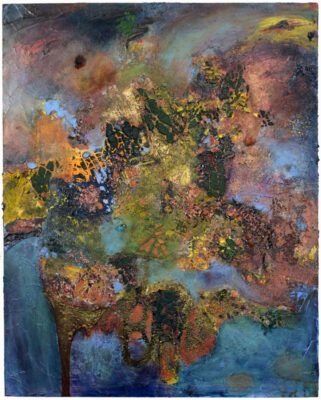
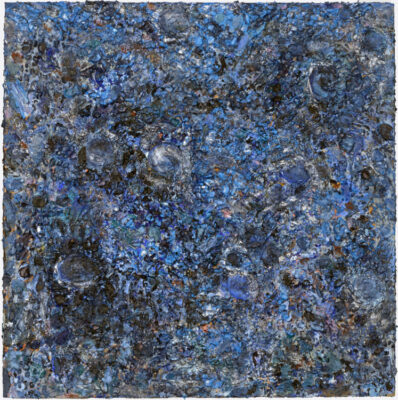
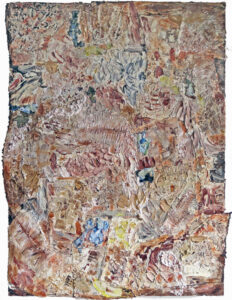
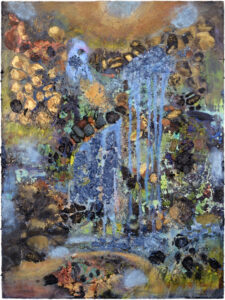
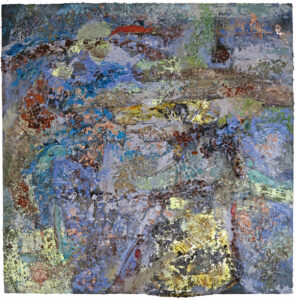
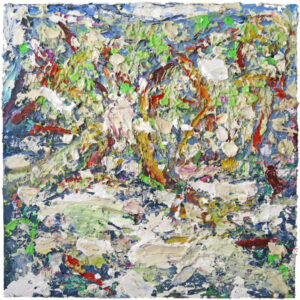
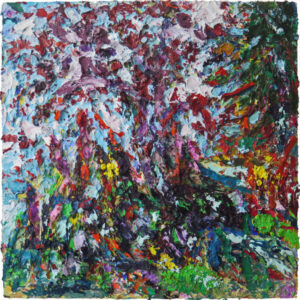
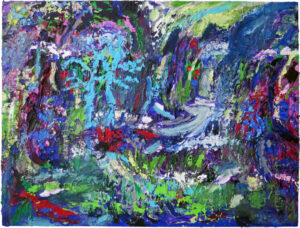




Leave a Reply